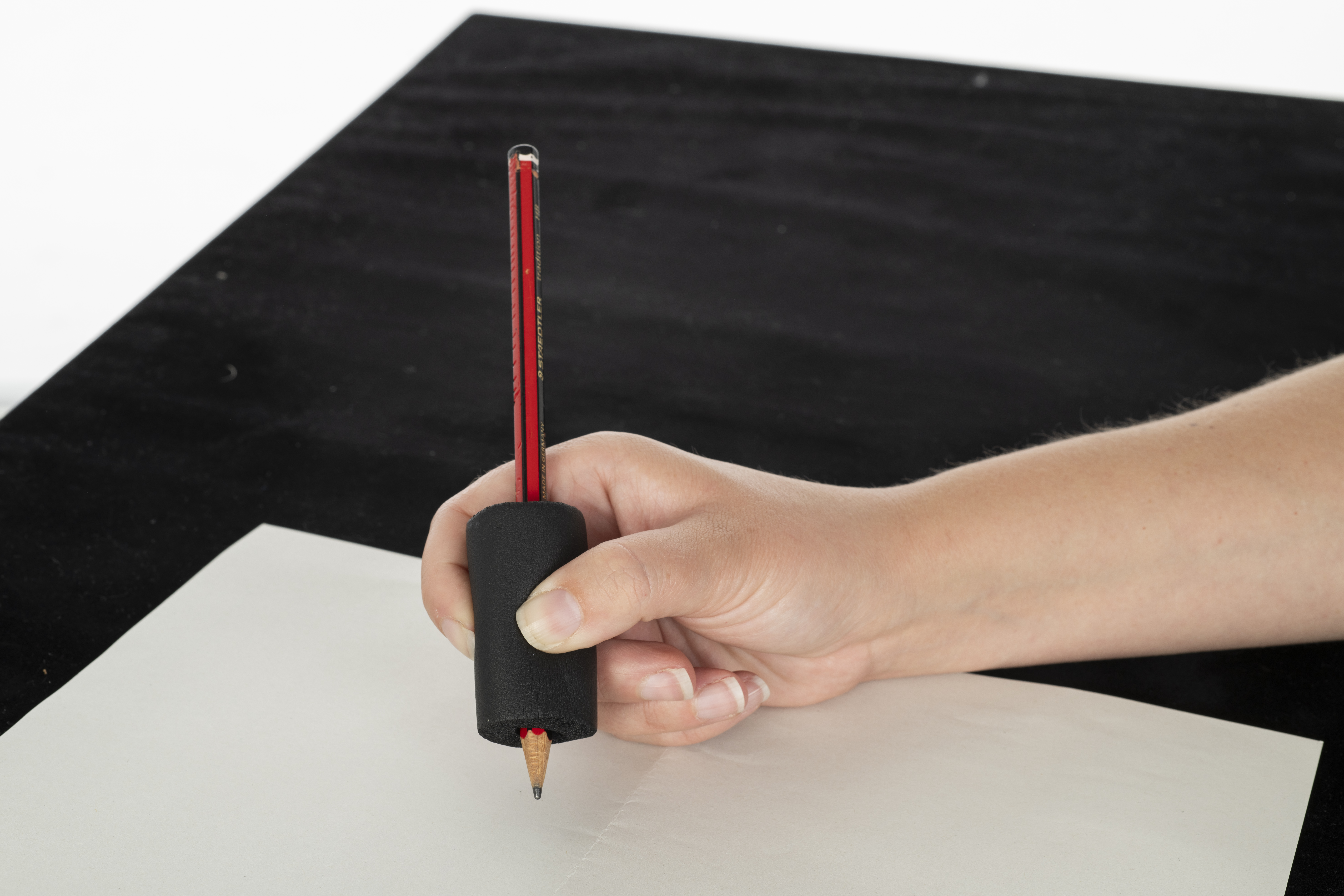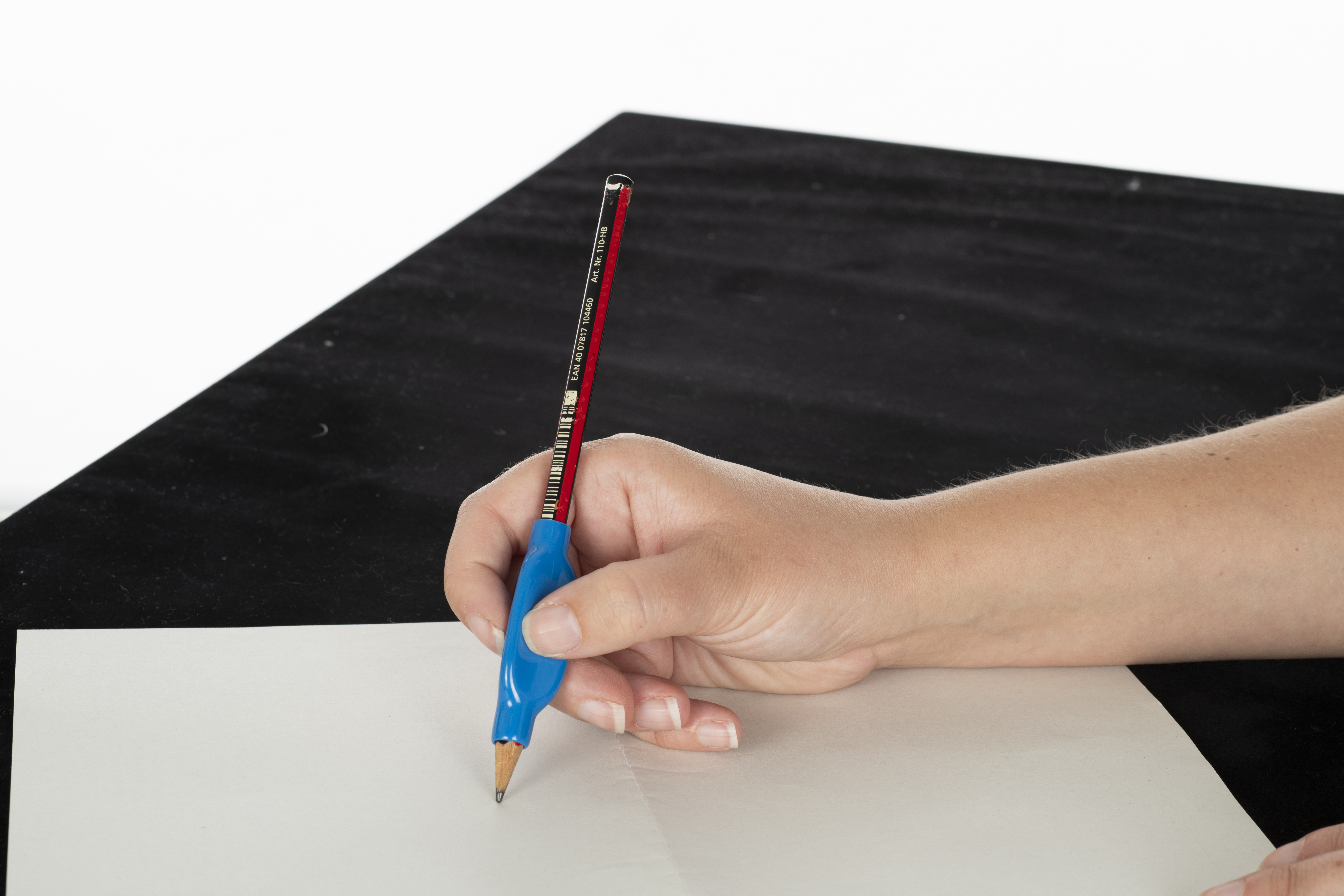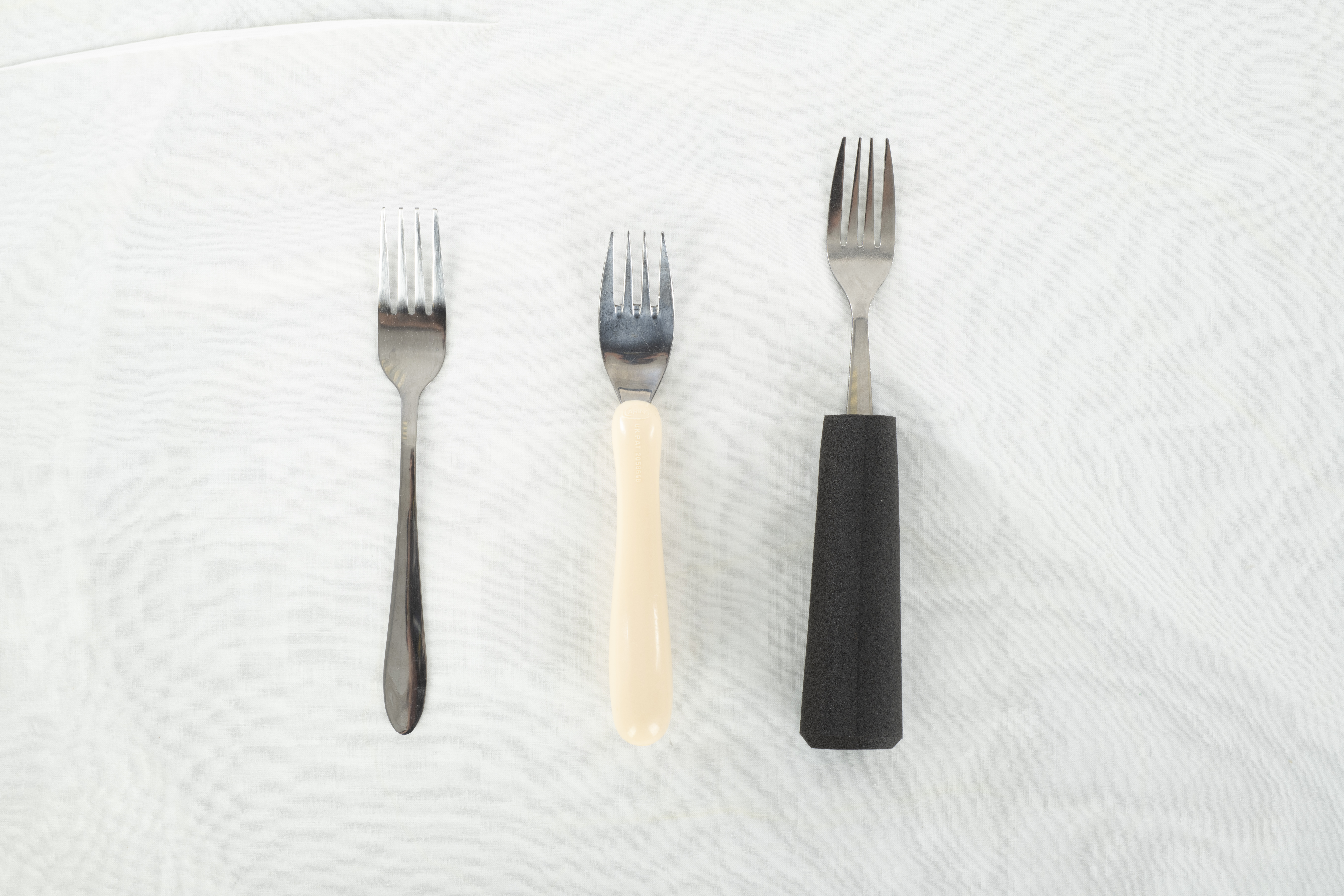Advice on protecting your joints
Information for patients from the Hand Therapy Service
You have been given this leaflet by your therapist as you are experiencing joint pain. They feel that the following advice may help you protect your joints in the future, as well as manage your current symptoms.
If you have any questions after reading this leaflet, please speak to your therapist.
What is the aim of joint protection?
To provide you with a plan to help manage your pain and carry out your daily activities more easily. This includes housework, gardening, or making a cup of tea.
To protect your joints and soft tissues (muscles and tendons).
To keep your joints moving.
To keep your muscle strength.
To help reduce your pain.
To reduce fatigue (tiredness).
To help you have more energy.
How can joint protection help?
Joint protection strategies can help improve your pain, stiffness, and flare-ups without you having to stop certain activities. This is done by changing everyday tasks and making them easier to carry out. You do this by reducing the forces and stresses through your joints during the activity. This will maintain your joints for longer.
It’s not what you do; it’s the way that you do it that makes the difference.
What is joint protection?
Joint protection includes:
Evaluating your daily activities. You do this to find out whether the way you are using your joints is adding to your pain and any deformities that have developed.
Once you have done this, you can change the way you carry out those tasks. You do this using tools / devices that can help to reduce load and effort. This in turn reduces your pain.
It does not mean that you should stop using your joints, just that you should use them differently.
To start with, these new techniques may feel as though activities take longer. However, the more you do them the more they will become part of your daily routine. It takes time and patience to change our habits, so try to change just one or two things at a time.
Tips and advice for protecting your joints
The following advice aims to help you look after your joints, and protect against or reduce strain put on your individual joints, such as the small joints in your hand.
Avoid staying in one position for too long
Break activities (such as writing and typing) down into smaller blocks of time. For example do not spend hours typing without a break. Make sure you have a rest before your joints become painful; the time may be different for each person.
-1719576910.JPG)
When reading, try to hold the page open with the palm of your hand. Rest the spine of the book against your opposite palm. Change hands regularly before you start to feel pain.
Take regular breaks to rest your joints. This is individual to you, but the aim is to take breaks before you feel pain, to prevent pain from happening. If you are unable to do this, take a break as soon as you feel pain.
Cut down the amount of time you spend doing a particular task. Is there any way you can change the activity, so that it is more efficient?
It’s not what you do; it’s the way that you do it that makes the difference.
Reduce the force and effort needed to perform activities
Do this by changing the way you work, using assistive devices, and reducing the weight of objects
Carry items using your palms and forearms.
Use two hands to lift heavy items instead of one. This will spread the weight over both your arms.
Halve the load you are carrying, or find lightweight alternatives for the job.
Use two hands to lift a full kettle, using a tea towel against the hot surface of the kettle.
Use a shopping trolley instead of a basket. Use a wheelbarrow when moving things around in the garden.
Use each joint in its most stable anatomic and / or functional position. Try to keep your wrist in a neutral position, and your fingers in line with your wrist.
-
Using two hands to lift a full kettle, and holding a tea towel against the hot surface of the kettle
-
Using two hands to lift a heavy box
Avoid positions of deformity and forces in their direction, by becoming aware of how you use your hands. For example, avoid lateral pinches (also known as a “key grip”) and twisting positions.
Avoid staying in one position for too long.
Use the larger muscles of your body, which are better able to handle the strain. For example, hug large objects close to your body to carry them or carry them over your forearm.
Use the strongest, largest joints available for the job
Use the larger muscles of your body, which are better able to handle the strain. For example,
hug large objects close to your body to carry them, or
carry them over your forearm, or
use a backpack.
-
Hugging a large box to your body
-
Carrying a large bag over your forearm
Respect your pain
Pain is a signal to change or stop doing an activity.
Listen to your body. Your body will tell you when you are doing too much, so stop and break up the activity into smaller time blocks.
Stop before pain begins or the pain will stop you.
Avoid gripping objects too tightly
Holding and using small items or tools (such as pens or cutlery) puts lots of force through your thumb and fingers. To reduce this force, use larger grips. For example, writing can cause increased forces on your thumb, index, and middle fingers. This force can be reduced by:
using a pen with ink that flows well, such as fountain or gel pens.
by using pens with larger widths.
by using a pen adaptation, for example pens with a rubber grip. Adaptations are less likely to slip, so you do not have to grip so tightly.
Try to widen or enlarge grips in general, for example use pipe lagging on cutlery. The more surface area of the hand the grip touches, the better distributed are the forces.
-
Pen with pipe lagging where the hand grips the pen
-
Pen with a rubber grip where the hand grips the pen
-
Examples of rubber grips and pipe lagging on forks
There are lots of specially designed items available, such as garden tools. Please ask your therapist for further information.
Balance work and rest
If your joints are inflamed, swollen or painful, rest is an important part of your treatment. Balancing activity and rest will help.
During the day, spread out difficult or challenging activities. This might mean preparing the vegetables for your evening meal earlier in the day, or spreading more tiring tasks out over a longer period of time. Take turns between doing light and heavy tasks.
Try to get a good night’s sleep. Routine is important to train your brain to relax and unwind from the day’s activity. Try:
hot milky drinks (with no caffeine)
a warm bath / shower / heat packs (or cold treatment for inflammation)
massage
listening to relaxing music
reading or listening to an audio book
meditation / relaxation techniques
things you know make you feel relaxed
doing the same combination of things, if you are having a period of poor sleep.
Try not to drink caffeine or watch TV close to bed time. These act as stimulants to the brain, and can stop you getting a good night’s sleep.
Pacing and energy saving
Rest before you get too tired.
Balance heavier tasks with lighter tasks.
Break down large tasks into smaller chunks.
Start harder jobs after you have had enough time to rest.
Respect your pain, it is telling you to stop and rest.
Save energy for activities which are important to you.
Sit for activities which take longer than 10 minutes.
Avoid sitting or standing still for long periods of time (more than 20 minutes).
Make jobs simpler.
Avoid repetitive tasks, such as going up and down stairs.
Organise your environment. For example:
gather all the equipment you will need for a task before starting it, or
reorganise your kitchen cupboards, so that you can easily reach items that you use most often.
Use assistive devices, such as pen grips.
Maintain strength and range of motion
The exercises given to you by your therapist are important. They will help prevent joint stiffness and help strengthen your joints. This in turn will help minimise your pain, promote good joint positioning, and prevent deformities from developing.
“Shift don’t lift”
Humans are creatures of habit, but there are always activities in your daily life that can be reduced, changed, or cut out completely. For example, when making a cup of tea think of where your cup, saucer, tea bag, sugar, teaspoon, kettle, and milk are in your kitchen. How close are they to each other? Can you keep them on the work top? Can you slide the kettle along to the sink rather than lifting it?
Further questions
If after reading this leaflet you have any further questions, please contact your therapist.
.JPG)
.JPG)
.JPG)
.JPG)


